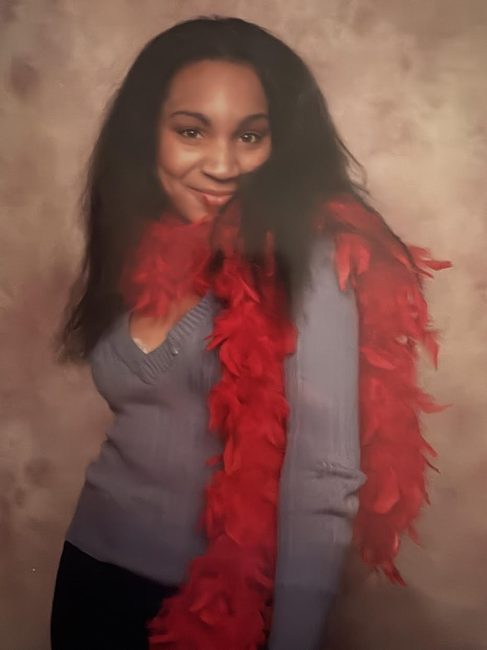It’s hard to conceive, but nearly five million birds once fell victim to the cruel demands of fashion in the early 20th century. Wealthy women sought feathers as the ultimate accessory, often flaunting eagles and peacocks. Some even wore hats made entirely of egret feathers without a moment’s regret. Others sought out designers who created earrings fashioned from hummingbird heads and their beaks.
Wearing feathers was a popular fashion trend that started in Europe and spread to America and resulted in the animals protection movement.
However, society’s ladies weren’t solely to blame for the slaughter of birds; it was a widespread shame. Author Virginia Woolf made it clear: “Hunters and milliners are the true seers. They can’t outrun the mass slaughtering of birds but should instead face justice for all that they’ve done.”

What kind of vain person shows little regard for the number of birds her wardrobe has cost?
Take, for example, Lady DeFrost, a friend of the Vanderbilts. Ambitious and daring, she aimed for the top of New York’s elite and would never stop. In a millinery shop, her voice rang out, “Those feathers are divine, so much better than fur! I’ll take fifteen coats, hats, and skirts. Throw in a parasol; I want the whole works!”
A nervous assistant, unsure of his position, replied with a tremor, “I’m sorry, dear Madame, we don’t have enough,” said the assistant. But Lady DeFrost, undeterred, pulled out her purse. “Don’t be foolish! I want condors and toucans, whatever it takes to win over Lady Astor’s fans!” “But killing those birds would be terribly cruel. Surely, there’s a style that could fit like a jewel?” the assistant suggested. Furious, Lady DeFrost snapped, “I’m attending the ball! If you can’t fetch those birds, someone else will gladly get them all!”

Another shopper, a Boston socialite filled with fear and dismay, heard the dreadful conversation and couldn’t look away. Her name was Harriet Hemenway. She rallied over 900 women to join the fight. They bought bird-friendly hats decorated with ribbons and lace, pledging to honor the birds’ grace.
Opera star Lilli Lehmann joined the cause, trading autographs to fans who promised her they wouldn’t wear feathers.
Another opera singer, Lillian Nordica, known as the ‘Yankee Diva’, also played a role in discouraging the use of feathers in fashion. She refused to use snowy egret feathers, which helped the bird survive.

Yet, lacking a vote, these women could only hope that their husbands would heed their pleas and lend a hand. Without legislative support, birds remained at risk, vulnerable to fashion’s cruel whims.
The Audubon Society soon raised the alarm, advocating to the public: “We must save them all! Our feathered friends play essential roles in our ecosystem; they help plant every seed. They offer more than sweet, gentle songs—let’s admire them in nature where each bird belongs.”
As public opinion began to shift, truth took flight. Steps were swiftly taken to protect every species. The Migratory Bird Treaty Act proudly saved egrets, wood ducks, and cranes across the land.
Yet today, animal cruelty persists. We must stand up for all creatures and prevent their decline. Show the world your compassion for those lives we often dismiss, for countless animals continue to be lost in this fashion abyss.

In a world where trends fade faster than last year’s hairstyle, perhaps this tale will inspire others to stand tall for what they believe in—even if it feels a little out of style. After all, true fashion is about making a statement that lasts longer than a fleeting trend!
























